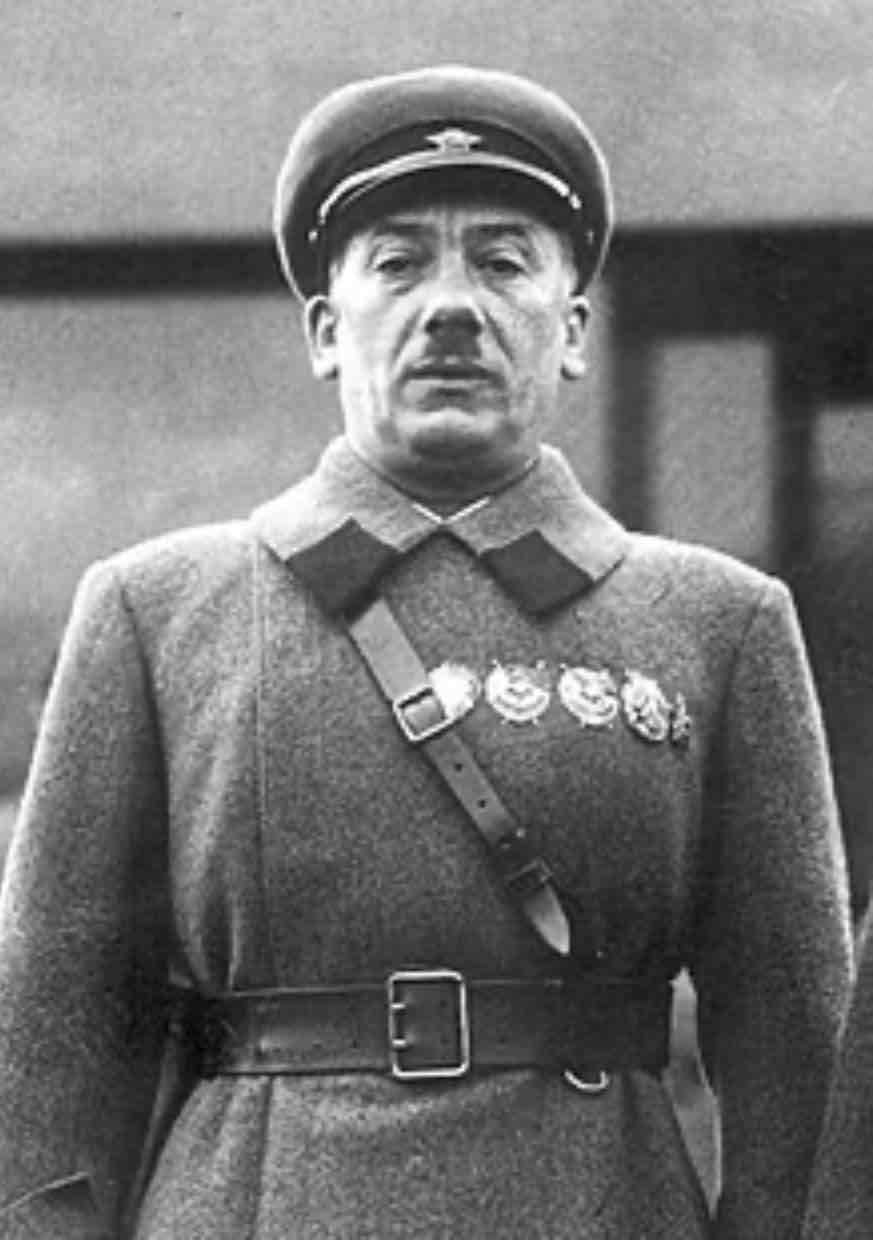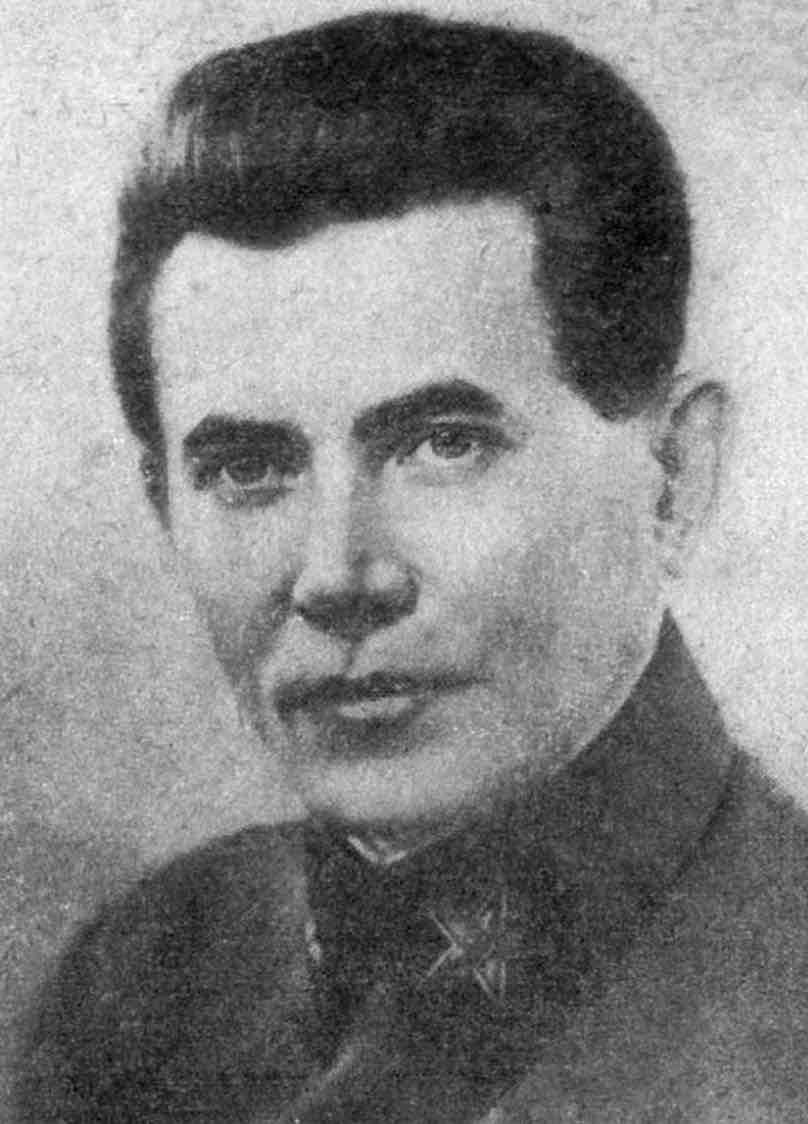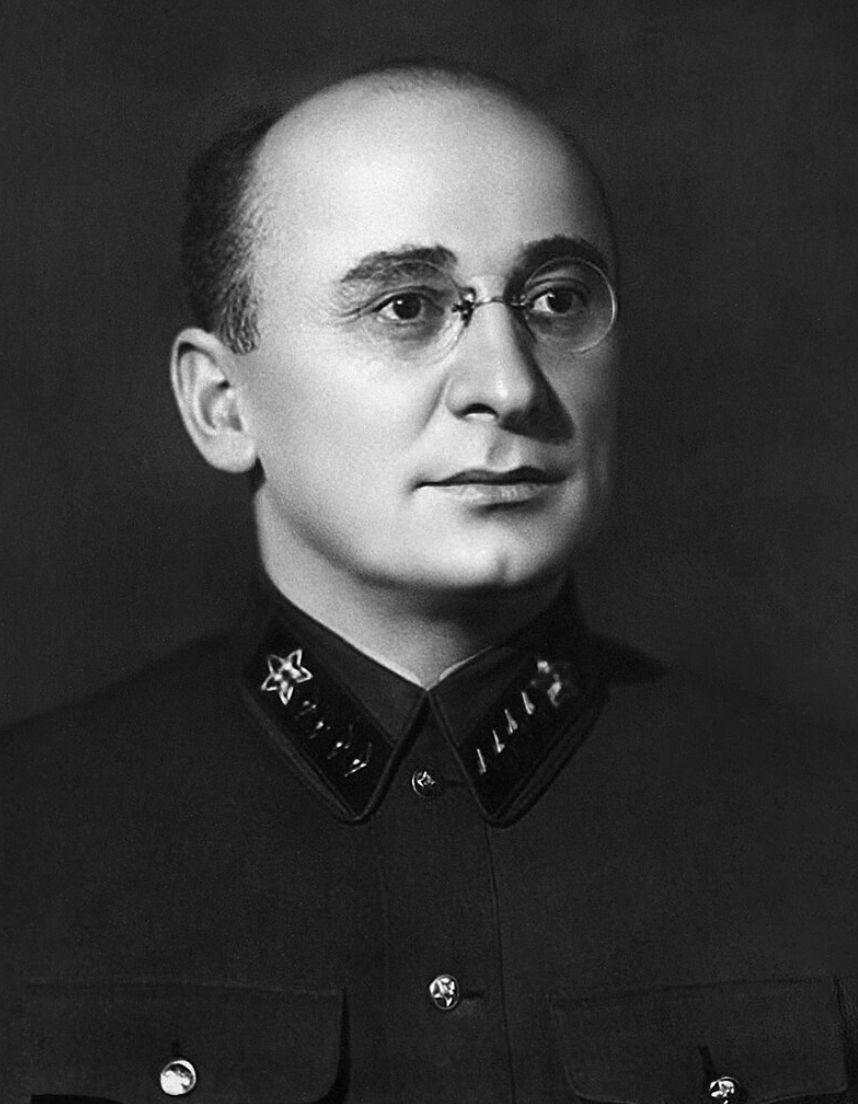Roles/activities of the Secret Police (NKVD)
1/20
Earn XP
Description and Tags
Name | Mastery | Learn | Test | Matching | Spaced |
|---|
No study sessions yet.
21 Terms

When did Yagoda become head of the NKVD?
1934
How did Yagoda use the Gulags?
The emphasis changed from ideology to economic considerations.
The camps were used to provide labour for exploiting the economic resources of the Soviet Union in areas where no one would live of their own free will. Those deported to labour camps were often placed in the most hostile of environments where many died of extreme cold or starvation.
What was one of Yagoda’s achievements involving construction?
The completion of the White Sea Canal. This 141-mile canal used up to 180,000 labourers from the Gulag, digging by hand rather than using machines. The canal was completed under budget in less than 2 years but it cost at least 10,000 lives.
To cut costs the canal was only dug to a depth of 12 feet making it essentially useless.
What was Yagoda’s role during the Great Purge in 1936?
He was given the task of arresting those members of the Party who were alleged to have links with Trotskyite opposition
What was Yagoda accused of in 1936? What happened as a result?
Incompetence in safeguarding Kirov whose murder had precipitated the purges and for not pursuing opposition with sufficient enthusiasm.
Yagoda was removed from office and Stalin had him shot in 1938.

Who replaced Yagoda in 1936?
Nikolai Yezhov
What was Yezhov’s personality like? What was his nickname?
Yezhov had an enthusiasm for personally torturing suspect himself and once attended a Politburo meeting with the cuffs of his shirt covered in fresh blood for torturing ‘enemies of the Revolution’.
He was nicknamed the ‘bloody dwarf’ as he was only 5ft tall.
How did Yezhov change the process of arrest, trial and imprisonment?
He sped it up by having courts (troikas) made up of 3 people, one of whom was the regional NKVD boss, deal with cases.
In September 1937, the Karelian Trokia processed 231 prisoners each day.
How did Yezhov change the Gulag?
He considered it to be underused and the number of inmates rose considerably, as did deaths within the camps.
In July 1937, Yezhov issued orders that required camps to meet quotas for the execution of prisoners. NKVD officers who carried out the executions were awarded medals but were often executed themselves a few months later to meet quotas.
How did Yezhov increase the surveillance of the general public? (3 Points)
Plain clothed police officers were used, alongside a system of informers from the general public to collect information on the behaviour of individuals.
The soviet criminal code was used to condemn people for anti-Soviet activity.
The number of detectives recruited to the NKVD quadrupled and extra staff were employed to torture suspects.
How did Yezhov widen the amount of people considered opponents?
It included anyone who did not show sufficient commitment to the revolutionary cause. Even the secret police were at the threat from accusations and it was during Yezhovs period of leadership that members of the NKVD were also purged.
How did Stalins opinion change on Yezhov?
By 1938, Stalin became concerned that the heavy use of terror was demoralising the population at the time when war with Germany was looming.
When was Yezhov dismissed?
1938 as he began to suffer from his frenetic work rate and excessive drinking. Stalin used Yezhov as a scapegoat as he wished to reduce the level of terror.

Who replaced Yezhov in 1938?
Lavrenti Beria.
What aspects of Beria had brought him to the attention of Stalin? What did Beria think of Yezhov?
He had impressive organisational skills and unsavoury characteristics but Stalin was irritated by his excessive flattery. Beria had undermined Yezhov by briefing Stalin with criticisms of Yezhov’s work in order to secure his removal and therefore his job.
How did Beria change the police procedure?
Beria felt that indiscriminate arrests were inefficient and a waste of man power. Beria reintroduced more conventional methods of police procedure and public trials were only held where solid evidence was available. Surveillance continued but it only led to arrests when evidence was found.
What was one of Beria’s main achievements?
He oversaw the murder of Trotsky, killed by a Stalinist agent in Mexico in 1940.
How did Beria change the Gulag?
In 1939, food rations for inmates were improved, not due to humanitarian concerns but to get maximum work out of prisoners
Beria used the technical skills of inmates for specialist tasks e.g. 1,000 scientists were put to work on various projects created many new pieces of military hardware
Early releases from the camps were cancelled so that prisoners of expertise could continue to be used
How did Gulag economic activity increase?
It increased from 2 billion roubles in 1937 to 4.5 billion roubles in 1940.
What happened to the powers of the secret police during WW2?
There power was strengthened and in 1941 they were given some powers of supervision of the Red Army with responsibility for monitoring disloyalty and dealing with any desertions
What was SMERSH?
By 1942 the Red Army had started to overrun areas previously captured by the Germans and in these areas Beria set up Special departments to root out traitors, deserters and cowards.
SMERSH was a department that dealt with suspected spies and was probably involved in the murder of more than 4,000 Polish officers at Katyn in 1943.